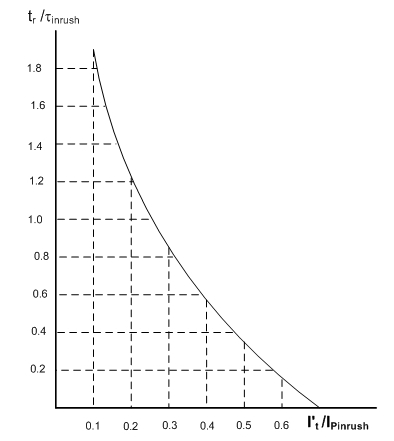Transmission and Distribution
Electric power transmission or “high voltage electric transmission” is the bulk transfer of electrical energy, from generating power plants to substations located near population centers. This is distinct from the local wiring between high voltage substations and customers, which is typically referred to as electricity distribution. Transmission lines, when interconnected with each other, become high voltage transmission networks. In the US, these are typically referred to as “power grids” or just “the grid”, while in the UK the network is known as the “national grid.” North America has three major grids: The Western Interconnection; The Eastern Interconnectionand the Electric Reliability Council of Texas (or ERCOT) grid.
Historically, transmission and distribution lines were owned by the same company, but over the last decade or so many countries have liberalized the electricity marketin ways that have led to the separation of the electricity transmission business from the distribution business.
Transmission lines mostly use three-phase alternating current (AC), although single phase AC is sometimes used in railway electrification systems. High-voltage direct-current (HVDC) technology is used only for very long distances (typically greater than 400 miles, or 600 km); submarine power cables (typically longer than 30 miles, or 50 km); or for connecting two AC networks that are not synchronized.
Electricity is transmitted at high voltages (110 kV or above) to reduce the energy lost in long distance transmission. Power is usually transmitted through overhead power lines. Underground power transmission has a significantly higher cost and greater operational limitations but is sometimes used in urban areas or sensitive locations.



Comments
Post a Comment